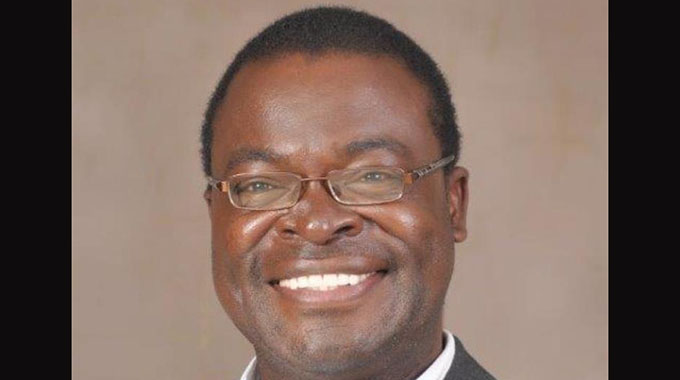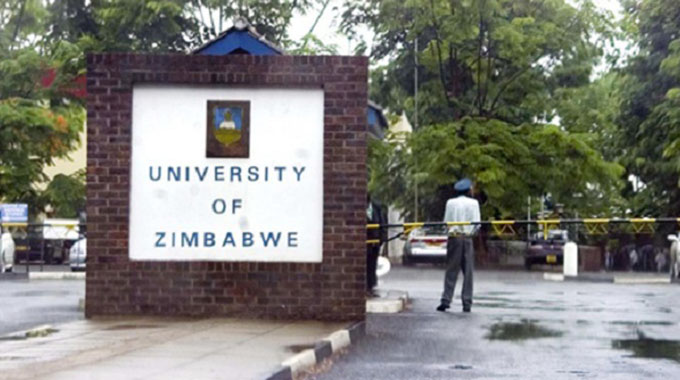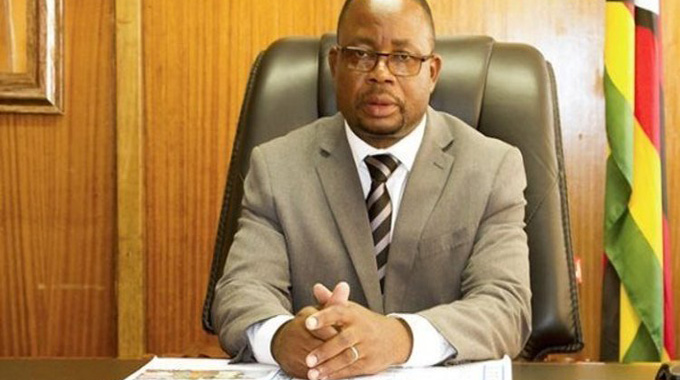Fulfilling Zim’s space ambition

Leroy Dzenga Features Writer
Touted by some as an ambitious project, Zimbabwe’s space agency inches closer as Cabinet was recently told of funders which the Ministry of Higher and Tertiary Education, Science and Technology Development has secured.
In what could be interpreted as a show of intent, a few weeks later a Government Gazette was issued containing the Zimbabwe National Geospatial and Space Agency constitution.
This means the resources to start work and the legal framework are now in place, what is left is for the personnel who will be steering the ship to be chosen.
As the ZINGSA house is put in order, there may be need for some nuance on how a country like Zimbabwe could benefit from a space agency.
Firstly, a country still grappling to contain the effects of Cyclone Idai and the need for competent detection systems.
Up to now, the best way to gather information on impending weather phenomena is through a satellite system which is what ZINGSA is eventually looking to do.
With a functional satellite system, it becomes easier for meteorologists and experts to detect impending weather phenomena and their magnitude.
Cyclone Idai caused the disruption in Zimbabwe because it was not predicted that the epicentre would stagnate at Ngangu.
Even those with sophisticated methods of predicting confirmed how hard it is to fully pre-empt the full scale of weather phenomena like cyclones.
This is why the margin of error has to be reduced to the smallest possible degree and this is where satellite technology comes in. Being an agriculture reliant country, Zimbabwe needs to get the best out of its land at all times.
A bad season has consequences which are best avoided if possible. Professor Murwira has long argued that the information being used to classify our agricultural regions is obsolete.
As a result, our purposing of the land in the country is directly impacting our productivity. Reality is, climate change is here and not every year is going to bring good rainfall.
Zimbabwean agriculture should maximise and swing with all its might on years that the heavens are generous. Modern methods of understanding the climatic conditions as well as soil properties in different areas are better implemented with satellite technology.
Even in areas like crop management, Zimbabwe is being left behind by some of its serious farmers.
In 2017, in an interview, Zimbabwean farmer Tinashe Ziki, who averages 17 to 21,3 tonnes per hectare with his maize crop, said he cannot physically monitor crop quality in all the 1 100 hectares he has and as a result, he uses satellite monitoring.
The company he engaged to offer the services is South African because such technology is not yet available in Zimbabwe.
With ZINGSA in place, local agri-tech firms will have the systems in place to encourage the localisation of such concepts as the one mentioned above.
It is almost becoming a chorus that Zimbabwe is a country endowed with minerals and truthfully so.
But these minerals will have little meaning to Zimbabwe if their exact quantities are not known.
Geological processes have eliminated ambiguity through satellite remote sensing.
This process reduces the cost of exploration in comparison to traditional methods which sometimes involved an entourage of experts being commissioned to quantify mineral deposits physically.
Other countries have this high-level technology, as a result they may be more knowledgeable about local resources more than locals.
This creates a handicap in the negotiation of deals especially in the mining sector.
Any country serious about being a key player in global mining currently should have an appreciation of the resources it has as it makes up part of its leverage.
Time and again there are complaints that the country’s borders are porous. This is because processes involving human beings cannot be entirely faultless.
But with borders, at a time when the country needs all the revenue it can get one leak is one too many.
Modern technology now allows satellite border surveillance through automated radar units.
Countries like Australia have begun moving towards this direction. According to an article by Satellite and Space Professionals International: “Satellite plays many roles in securing the border. The first is visibility. Earth observation satellites provide detailed images of hot spots where border crossings peak. In the US, the Department of Homeland Security shares data from military reconnaissance satellites with local, state and Federal agencies responsible for immigration and anti-smuggling programs. Sensors are able to penetrate cloud cover, detect chemical traces and even identify objects inside buildings.
“South Africa has used satellite imagery to track activity at border control posts between that nation and Zimbabwe. The imagery picks up new roads and tracks, massed vehicles, temporary settlements and even places where fences have been compromised by migrants seeking access to one of Africa’s most stable and prosperous countries,” the article said.
Globally, the absence of a sovereign satellite system within a country will be considered a handicap.
No country can decently claim stake in the geopolitical arena without a strong space footing.
It has revolutionised the way countries gather the intelligence critical for their decision making as well as communication in general. Even the African Union has begun showing seriousness towards space presence. In 2017, it created the legal framework which the continental space agency will be working with.
Two months ago, Egypt was selected as the host of the centre. This shows that unlike in the past, space agencies are no longer considered a luxury.
Zimbabwe should at all costs ensure the success of ZINGSA.
Feedback: [email protected]









Comments